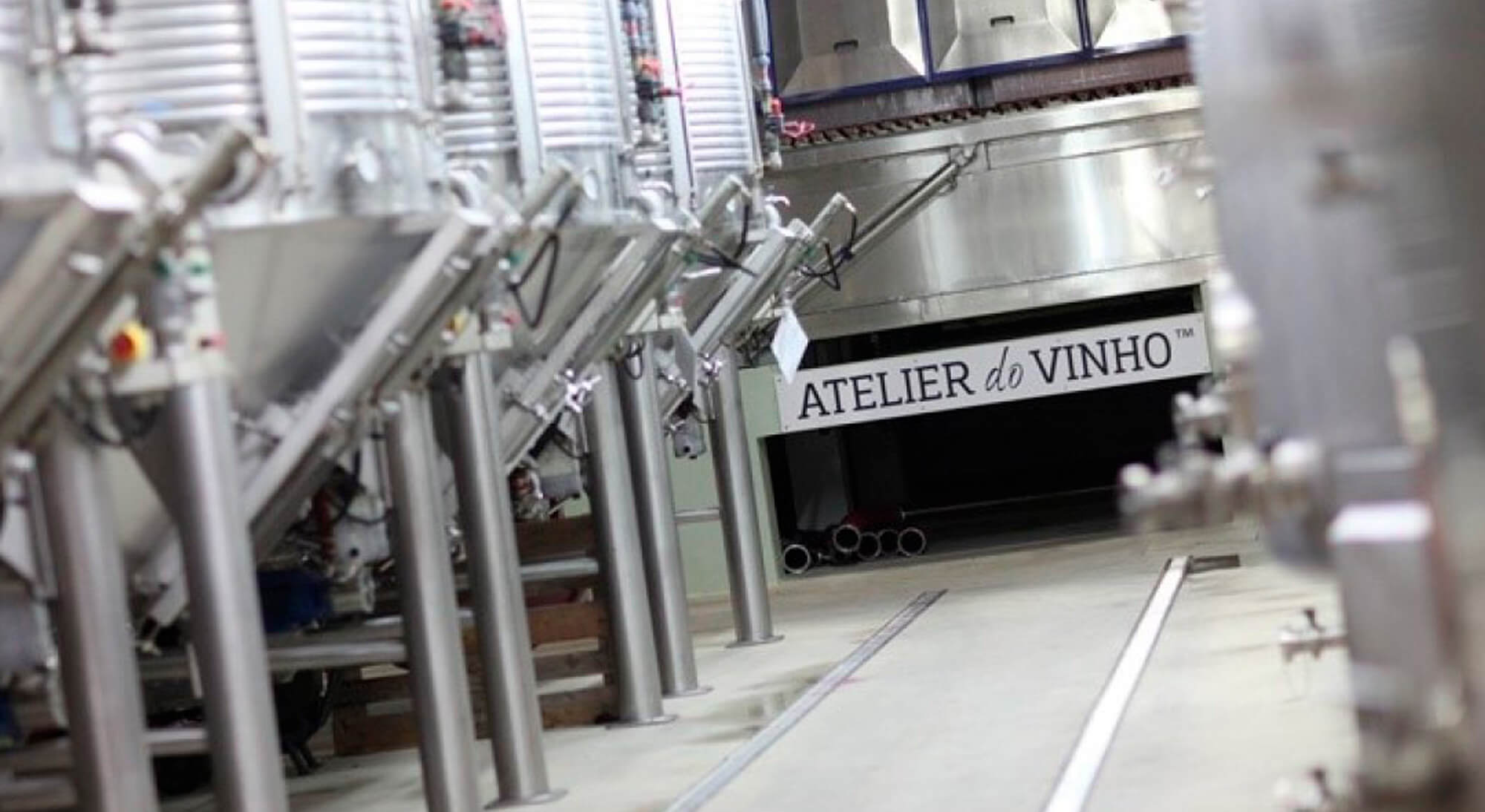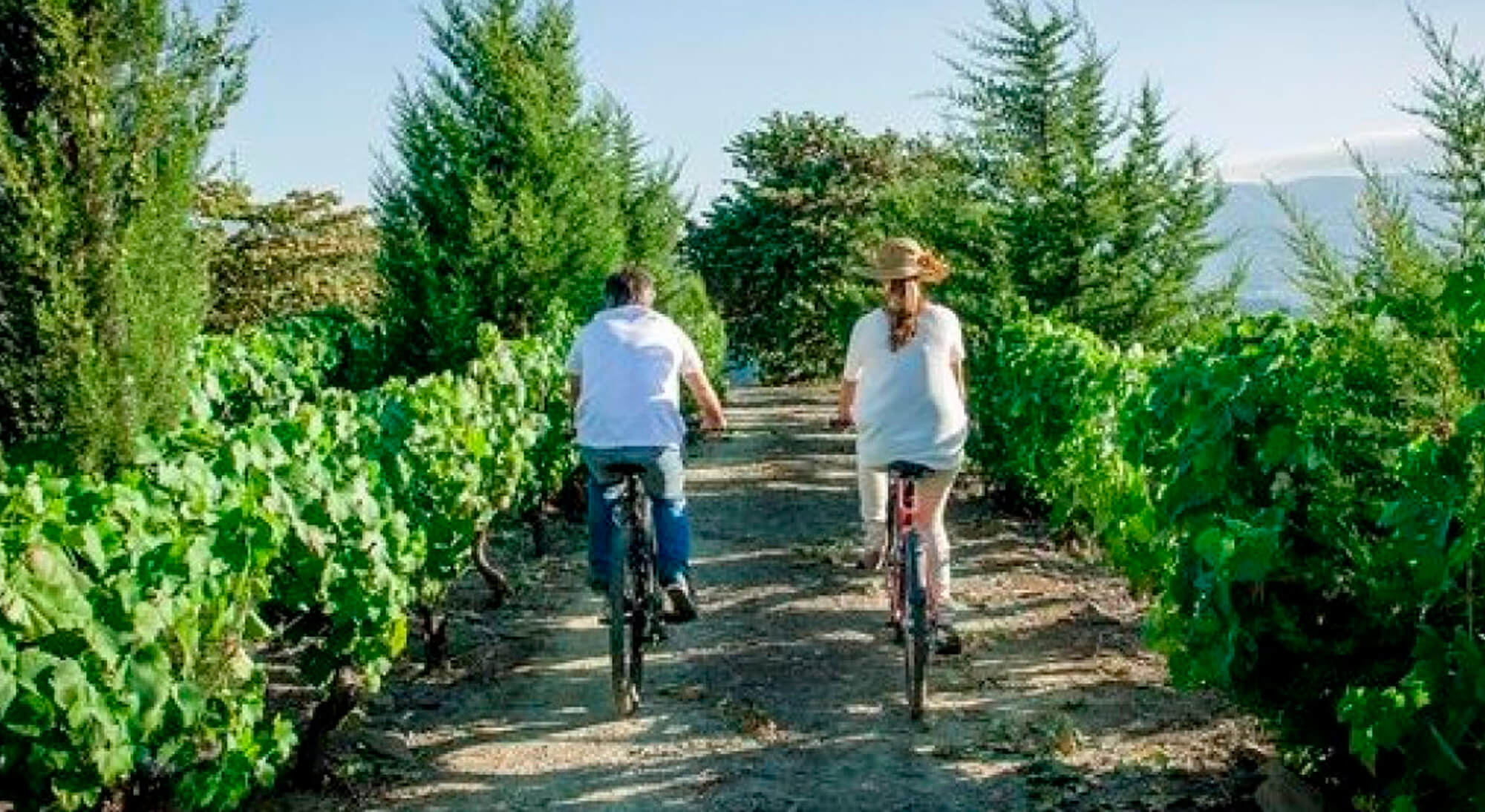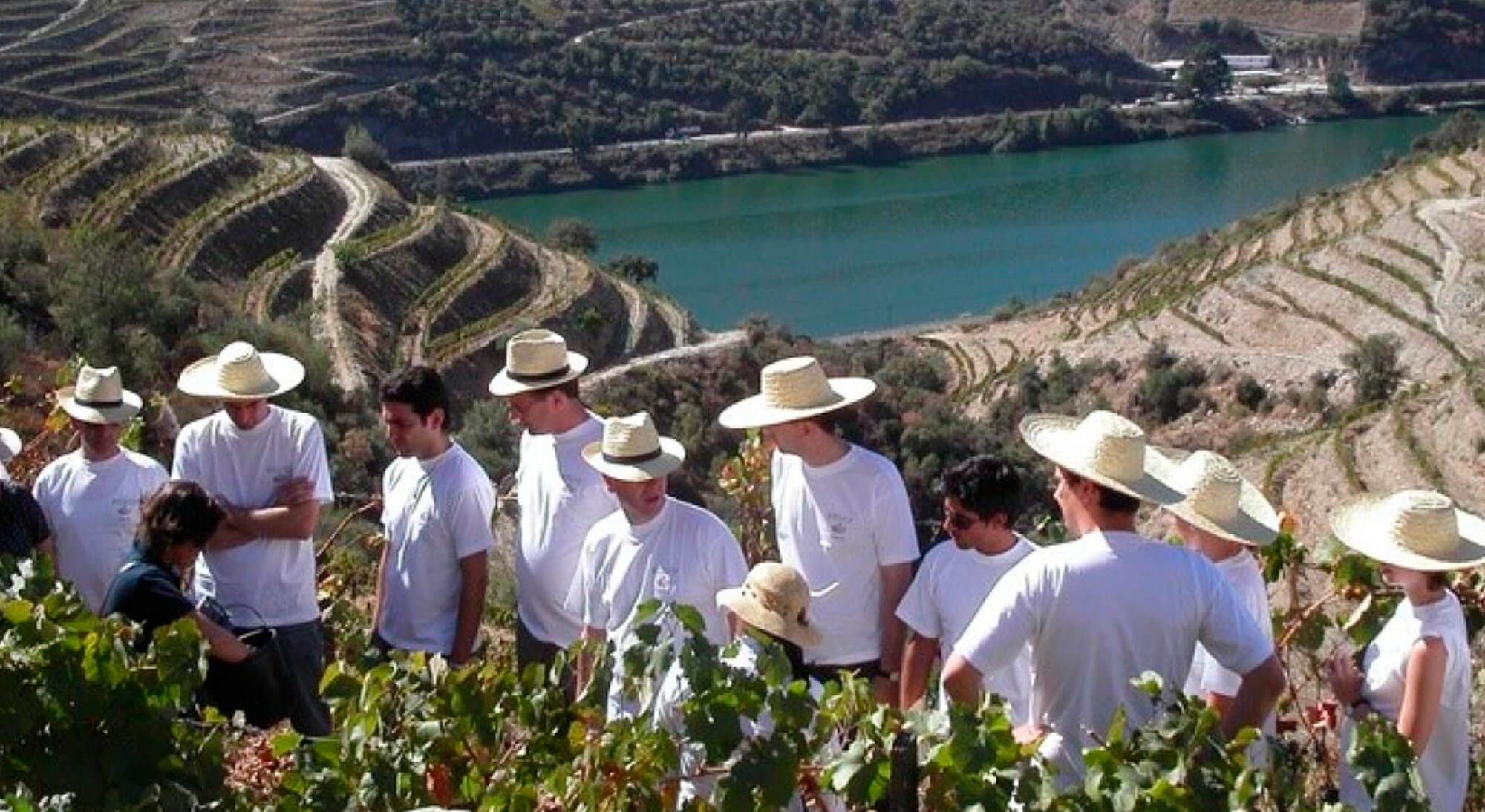1º Sustainability and Wine Producers

The electricity (from fossil fuels) and diesel are still big components for the grape growing in the wine industry where electricity is without a doubt an incredible process in the winery. So how to reduce this?
It is possible to use biofuel from the vineyard and winemaking process as an alternative as a carbon-saving. This alternative source of energy can be found through the seed of the vineyards which can be converted to biochar, a means of carbon sequestration, and used as a soil conditioner. Such initiatives would be classified as renewable energy, being offset by the CO2 absorbed from the atmosphere by vineyard photosynthesis.
Another way to reduce the carbon footprint is to reduce the carbon costs of glass bottles and transport. The production of wine bottles requires much fossil fuel-based energy to manufacture, and then to transport, so the best way is to recycle the product at the end of its cycle. Of course, that is really remarkable that the wine industry is still using packaging that dates from the seventeenth century, but in the times that we are living where sustainability concerns are increasing every year, it is time to reconsider the whole packaging. There are several alternative packaging, all by far more environmentally friendly, like in-lined cardboard cartons, bioplastic bags in box, aluminium cans, pouches, among others. At least this could be considered for the majority of less expensive wines produced for immediate consumption rather than aging them in a bottle. Furthermore, many people are not aware of this, but unfortunately, almost every winery around the globe does release huge amounts of fermentation gas, one of the most concentrated forms of CO2 known. In order to help decrease these side effects, the wineries have to be well ventilated; workers have been known to die from CO2 asphyxiation, but slowly, some wineries are finally including ecologically procedures in order to try to capture the CO2 given off by their fermentations. This type of technology was created to capture the fermentation CO2, clean it of impurities, compress, and reuse or sell it.
Another way of reducing this formation is the sequestration as a limestone, another one is to use CO2 to enhance the photosynthesis of algae, which in turn can produce renewable sources of biodiesel.
2º The Role of the Tour Operators and Experience Locations

Nowadays, the wine lovers go and look for guided tours of wineries, with a short explanation of the wine’s profile and portfolio, followed by fantastic wine tastings that are paired with regional delicacies of the country. This is the usual wine tourism offer, but some tour operators and local wine estates, are adding to their portfolio “safer” experiences, experiences that can reduce their own carbon print.
Such experiences are going beyond the product. They can be linked with wine directly, starting in the vineyard with pruning and harvesting experiences up to making and bottling your own wine, or from learning how to understand aromas and taste to pair wine with food, up to wine education. Furthermore, many wineries are also developing activities linked with the emotional values that people may associate to wine such as wellness, entertainment, reduction of anxiety, nostalgia, or community feeling/contribution.
Activities can take the form of a spa experience, yoga classes, horse riding, cooking classes, gourmet/local cuisine, family activities, or art events, among others. Some of these wonderful activities are available at Quinta do Vallado for example.
Moreover, and in order to reduce waste, there are also other resolutions that wineries can also implement such as install energy-saving CFL bulbs or LED lights, practice recycling, minimize the amount of solid waste, purchase energy-efficient appliances, switch off appliances when not necessary to reduce standby power, train staff or volunteers about emissions reduction actions, provide information to visitors on how to reduce their own emissions, install roofing insulation, choose suppliers taking actions to reduce their emissions, use room fans instead of air conditioning, market the emissions reduction initiatives of their business, operate new fuel-efficient vehicles or vessels, use solar or heat pump hot water install solar photovoltaic power, use ethanol mix or biofuels in vehicles, drive electric cars or hybrid–electric vehicles, purchase Green Power electricity from renewable energy, only to name a few.
3º Wine Tourism Growth and Sustainability

As we have already understood, tourism is responsible for roughly 8% of the world’s carbon emissions, from plane flights and boat rides to souvenirs and lodging and various activities that contribute to tourism’s carbon footprint.
So how can you help reduce your footprint in this industry? Well, some of the solutions that you can start to put in motion are your own activities: go for low carbon activities like walking, cycling, horse riding; all this can be done in the middle of some beautiful vineyards to savor even more the contact with nature. Rather than driving a car using fossil energies go for an electric car! This is a very important option since the fuel fossils are largely responsible for the emissions of CO2. Besides this, choose accommodations that highlight, in their offer, sustainable practices like having an organic garden to grow the fruits and vegetables used for the dishes of their restaurant and that have adapted their menu to a minimum of food waste; after all, the wastage of food in tourism is part of a larger, global issue. In fact, if food waste were a country, it would be the world’s 3rd largest emitter of CO2.
Moreover, another important item is the “souvenirs”; many of us return home with magnets, art pieces, and other trinkets that we usually buy at the end of a visit in an estate when there is a shop. The fact is that this the carbon footprint of an item must be calculated keeping in mind its production, manufacturing, and shipping weight. Instead of buying these kind of souvenirs, why not, while visiting a fantastic wine estate, try some activities like the possibility of making your own bottle of wine? Amazing isn’t it?
In conclusion, in the fantastic wine tourism industry, the wine tourism markets, wineries, and related perks are in need to continuously transform and expand their business for a more sustainable one.
Furthermore, the wine tourist has to become a key-player in the wine sector to help this industry to reach faster the success of reducing the carbon footprint.
Text by Wine Tourism in Portugal for Porto City Hall
Photo 1, 2 and 4 credits: Quinta Nova Nossa Senhora do Carmo (Awarded with Sustainable Wine Tourism Practices in 2017)
Photo 3 credits: Quinta do Vallado (Awarded with Sustainable Wine Tourism Practices in 2016)